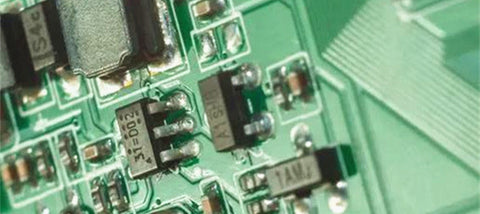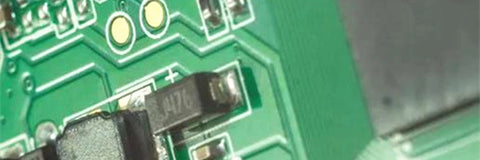
Double sided circuit board terminal block refers to the terminal block applied to the electrical connection of the programming circuit boards, and is an electronic accessory product used for electrical connection.
The mini pcb board terminals are classified into plug-in terminals, screw terminals, spring terminals, and fence terminals.
1. Plug-in terminal block
Pluggable terminal block products have pin pitches of 3.5, 3.81, 5.0, 5.08, 7.5, 7.62 poles and 2-24 lines, which can be matched with programming circuit boards sockets with screws. The terminal plug adopts side connection technology, which is characterized by screw The direction is perpendicular to the wire entry direction.
2. Screw terminals
It is one of the mainstream printed circuit board terminal technologies. It has the advantages of compact structure, reliable connection, firm and firm housing, and precise needle pitch, which can ensure reliable blank copper pcb board wiring and large capacity. The solder leg and the wire clip body are divided into two parts to ensure that the solder joint will not be damaged by touching the solder joint when tightening the screw.

3. Spring terminal block
The spring-type terminals provide 2.54mm, 3.50mm, 5.00mm, 7.50mm, 7.62mm and other spacings. The single-core PCB can be inserted directly without assistance. There is no button specification, and the wires can be easily taken out during the withdrawal link. Spring-loaded terminals are often used in communication systems, lighting systems and monitoring systems. There are various wiring directions, suitable for high-density wiring needs.
4. Barrier terminal block
The fence type terminal code is LW, the middle pin position code is C, the side pin position code is B, the fixed code is M, the looper type code is R, and the welding type code is Q, with simple structure, intuitive and firm plate crimping. and other advantages, the wire diameter ranges from 0.5mm to 6mm.
